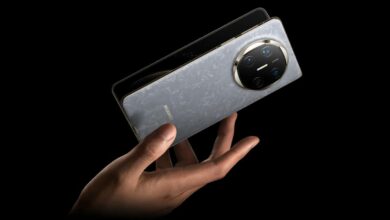Scientists Create Exceptionally Bright Photons for Secure Data

A recent advance in quantum communication technology has led scientists to develop an exceptionally bright light source that can generate quantum-entangled photons. This innovation holds great promise for the future of secure and fast quantum communications. The study, published July 24 in the journal eLight, reveals how combining existing technologies has led to the creation of a more robust quantum signal source, crucial for building a comprehensive and effective quantum internet.
Combining technologies for enhanced quantum signals
In this groundbreaking researchscientists from Europe, Asia and South America combined two key technologies that were previously tested separately. They merged a photon dot emitter, which generates single photons, with a quantum resonator, a device designed to enhance the quantum signal. This combination results in a newly developed light source with exceptional brightness and quantum properties. In addition, a piezoelectric actuator, which generates electricity when exposed to voltage or heat, was used to fine-tune the emitted photons, ensuring maximum entanglement and coherence.
The improved photon emitter produces pairs of photons with high entanglement fidelity and extraction efficiency. This means that the photons not only retain their quantum signature over distance, but also have the necessary brightness for practical applications. Achieving both high brightness and strong entanglement fidelity simultaneously has been a challenging task, as it has typically required different technologies that have been difficult to integrate effectively.
Challenges and future directions
Despite these advances, the practical implementation of a quantum internet is still a long way off. The technology relies on materials such as gallium arsenide, which pose safety risks due to their toxic properties. These hazards could limit the scalability of the technology, necessitating the development of safer alternative materials.
The next phase in the development process will focus on integrating a diode-like structure with the piezoelectric actuator. This addition is aimed at creating an electric field across the quantum dots, counteracting decoherence and further improving photon entanglement.




